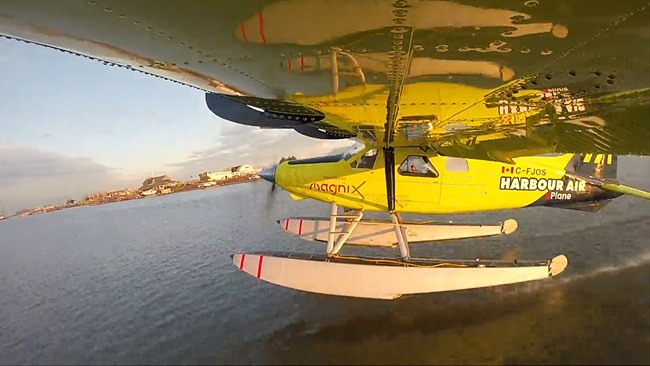Lilienthal likely lost to wind
Researchers find replica glider’s limit
The 19th century glider that Lilienthal successfully flew several times before his fatal encounter with the glider’s limits has been replicated by the Otto Lilienthal Museum in Anklam, Germany, and put to the test in a twenty-first-century wind tunnel.
The German aerospace agency DLR (Deutsches Zentrum für Luft- und Raumfahrt) worked with Dutch researchers at the German-Dutch wind tunnel research center in the Netherlands, using a mannequin as a stand-in for the pilot, whose shifting body weight steers the aircraft in normal flight.
As the fans spooled up, the researchers learned just how far ahead of his time Lilienthal was.
“The glider withstood wind speeds of up to [19 knots], delivering datasets that would not look out of place in any textbook,” said Andreas Dillmann, head of the DLR Institute of Aerodynamics and Flow Technology, in an online post. The tests revealed impressive performance, including a glide ratio that is the equal of gliders produced long after Lilienthal’s death. “The flight characteristics are similar to those of the primary gliders of the 1920s and 30s—designs that remained in use decades after Lilienthal.”
The exact cause of Lilienthal’s fatal accident has been a mystery for more than a century, but initial analysis of the wind tunnel data and laboratory tests have produced a likely suspect, and also ruled out a flaw in Lilienthal's design, which proved to have “inherent stability for all flight ranges,” Dillmann said.
Contemporary reports suggest that a gust of wind pitched the glider’s nose skyward until it was very nearly vertical, and the glider then tipped to one side and crashed. Another DLR researcher, Christian Schnepf, has been getting a firsthand look at just what Lilienthal was up against in that moment.
Schnepf has been tapped to stand in for the aviation pioneer in laboratory tests, in part because he has a similar build. The glider is steered in much the same way an Olympic gymnast negotiates the parallel bars: The pilot, with hands braced on the airframe, swings his legs in one direction or another to alter the aircraft’s center of gravity, and attitude follows. Schnepf’s colleagues note that the physical exertion required is “clearly etched into his face after each sequence of movements.” The pilot himself reports this is quite a workout.
“In addition to his achievements as a scientist and engineer, I now respect Lilienthal for his performance as an athlete as well,” said Schnepf.
The research team has concluded that a gust of wind pushed the glider to an attitude that Lilienthal simply didn’t have the mass to counter. The aviation pioneer, not having the advantage of computers or a modern wind tunnel, could not have known with precision what the glider’s limits actually were before he found out the hardest way there is.
A detailed analysis of the findings will be presented, and the replica Normalsegelapparat will be on display at the ILA Berlin Airshow June 1 through 4.




